
While mobile wallets are quite trendy among millennials, they have nothing on “invisible payments,” the big, ongoing revolution in the retail space. Why invisible? Because shoppers can now enter a participating store, collect any merchandise of their choice, and enjoy an automated checkout without bringing any cash, credit cards, or wallets to the store.
The best part of invisible payments is that shoppers no longer have to interact with the cashiers or retail security because wayward shoplifters don’t really stand a chance with the heavily sensor-infused stores.
Currently, very few stores have chosen to adopt invisible payment modes, but this trend is likely to increase in the next few years. Therefore, let’s take a closer look at the most defining trend of future retail and the way it works.
How Invisible Payment Stores Work
Stores equipped with invisible payment facilities are using powerful sensor and artificial intelligence technologies. They include ceiling-mounted cameras, shelf sensors, smart shopping carts, and bar code scanners.
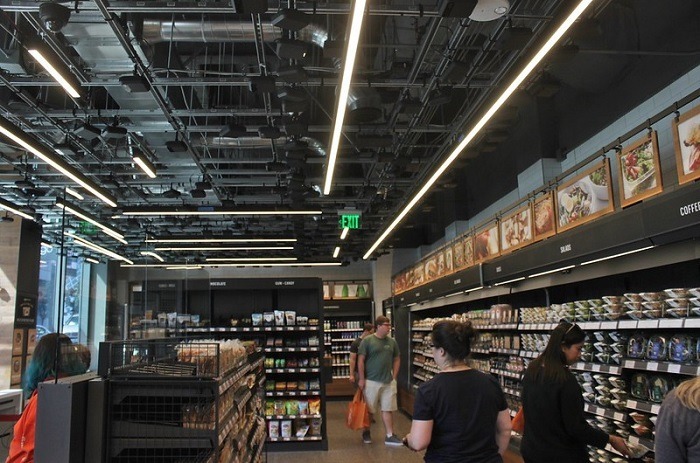
Such a principle is tested in one of the pioneering chains in invisible payments: Amazon Go. It has wall-mounted cameras on top along with shelf sensors in all areas of the retail outlet.
About Invisible Shopping Apps
The most important component of invisible shopping is that you need a relevant app, such as Amazon Go, which is available for Google Play and the App Store.
As soon as you download the app, you get a listing of the nearest stores in your vicinity. In the United States, Amazon Go has 18 store locations in Chicago, Seattle, New York, and San Francisco. The store location and timings are highlighted in the app.
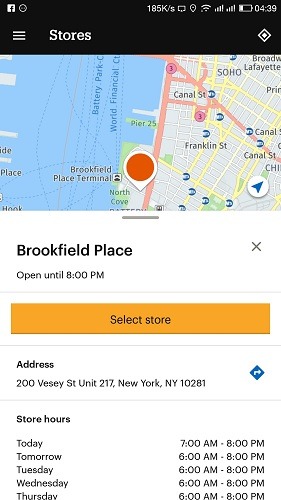
As soon as you click the link, a unique QR code will be generated. This is your gateway ticket to the store.
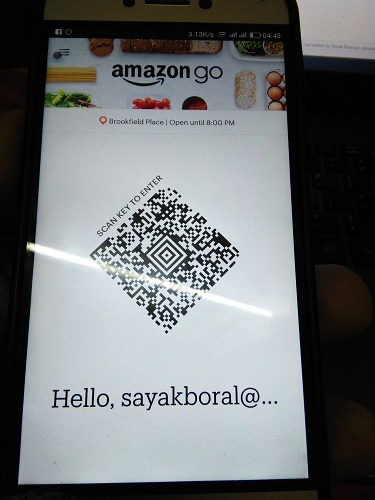
Amazon Go outlets are controlled by access gates. You can just scan the QR code and enter the premise. You can also use it to facilitate your friends and family to join your shopping spree.
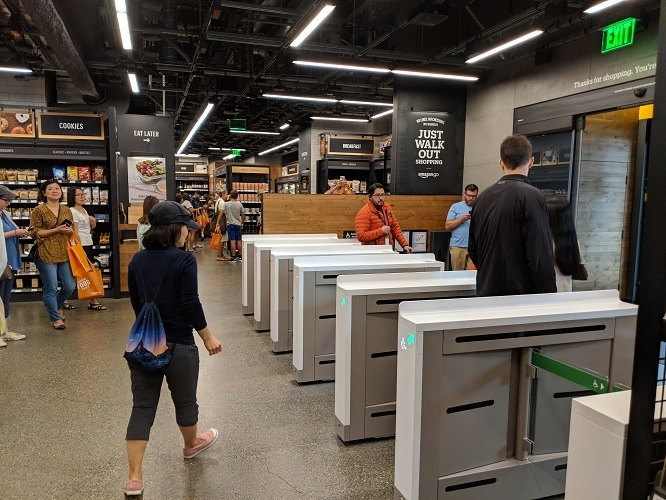
Anything you take off the shelf is automatically added to a virtual cart linked with the Amazon Go app. Anything you put back in is automatically deducted from the virtual cart. Remember that anything your friends and family add to your virtual shopping cart is charged to you.
Once a shopper is done shopping, he or she can simply walk out of the store and incur a payment deduction for the merchandise that was removed. It sure feels like shoplifting except it’s perfectly legal!
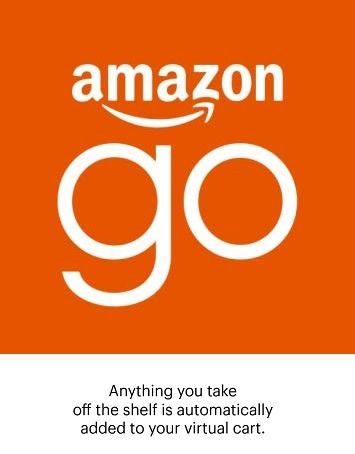
Other Stores Embracing Invisible Payments
Nowadays many retail outlets are adopting the next wave of digital payment technology. For example, there is Zippin, which uses voice recognition technology. It also works similarly to Amazon Go. Before you enter the store, you sign in with the app, grab whatever you want to buy and bypass the cashier. The invisible payment app will charge you later.
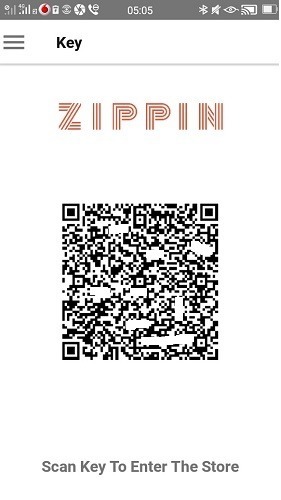
All the payment receipts are available on the app. Another store that announced cashierless invisible payments, or was at least working on it, was WalMart’s Scan & Go, which has since been discontinued. Lastly, an AI-powered shopping cart company, Caper, uses deep learning and computer vision technologies to instantly detect any item that was added to a cart. It is currently having tie-ups with small boutique retail stores. Sam’s Club and 7-Eleven are next in line to introduce cashierless stores.
Conclusion
Automated retail is coming of age in an unprecedented way. With the latest technological advances like invisible payments, the world of digital payments will change drastically.
Have you been inside an invisible payments store? How was your experience with this new technology? Let us know in the comments.
Image Credit: Amazon Go at Madison Centre







